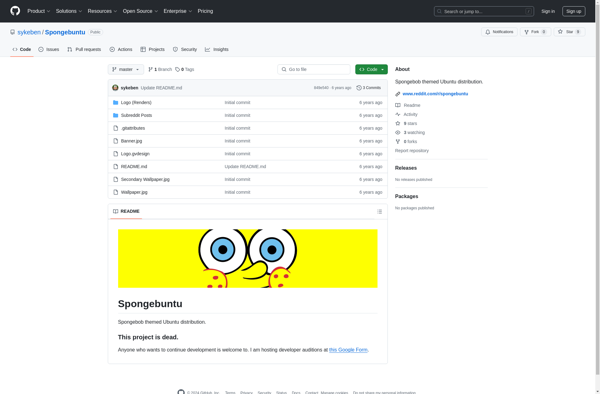Windows 7
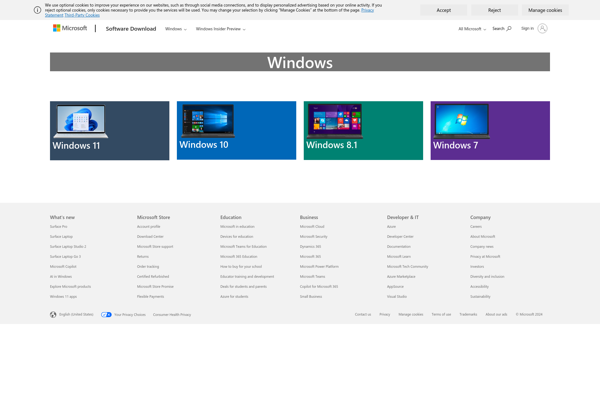
Windows 7: Operating System
A personal computer operating system by Microsoft, released in 2009 with improved desktop search, touchscreen support and home networking features.
What is Windows 7?
Windows 7 is a personal computer operating system that was produced by Microsoft as part of the Windows NT family of operating systems. It was released to manufacturing in July 2009 and became generally available in October 2009 as the successor to Windows Vista.
Some of the key features and improvements in Windows 7 over Windows Vista include:
- Improved desktop search with better indexing and search results
- Faster start-up, shutdown, log on, and log off
- Support for multi-touch displays and touchscreen monitors
- Enhanced desktop customization with an updated taskbar
- Simplified home networking and homegroup sharing
- DirectAccess allowing remote users to access files and apps
- An updated version of Windows Media Center
- Improved performance and efficiency
Additionally, Windows 7 aimed to address complaints about Windows Vista including compatibility issues, lack of exclusive features over XP, and issues around usability and performance. It offered improvements in areas like reduced privilege elevation prompts and streamlined user account control.
Windows 7 extended support ended in January 2020 after over 10 years. It maintains around a quarter to a third market share a decade after release despite being succeeded by Windows 8 and 10.
Windows 7 Features
Features
- Aero interface
- Action Center
- Windows Libraries
- Improved multimedia functionality
- DirectAccess
- Multi-touch support
- Enhanced performance
Pricing
- One-time Purchase
- Subscription-Based (for extended support)
Pros
Cons
Reviews & Ratings
Login to ReviewThe Best Windows 7 Alternatives
Top Os & Utilities and Operating Systems and other similar apps like Windows 7
Here are some alternatives to Windows 7:
Suggest an alternative ❐Windows 10

Windows 11
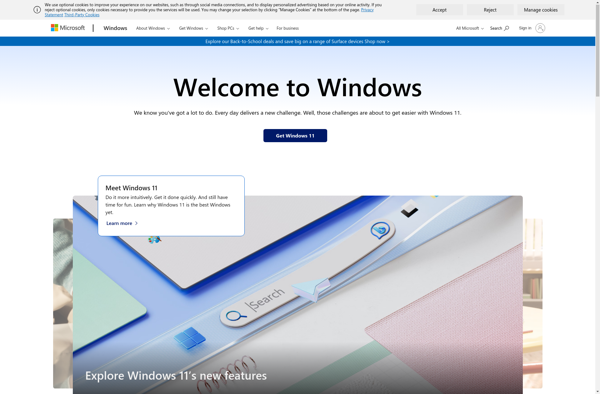
Ubuntu
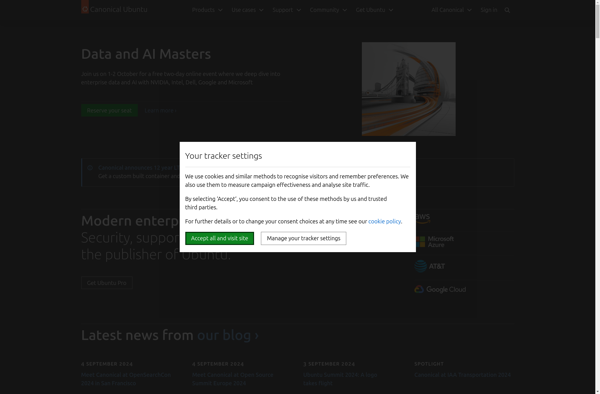
MacOS
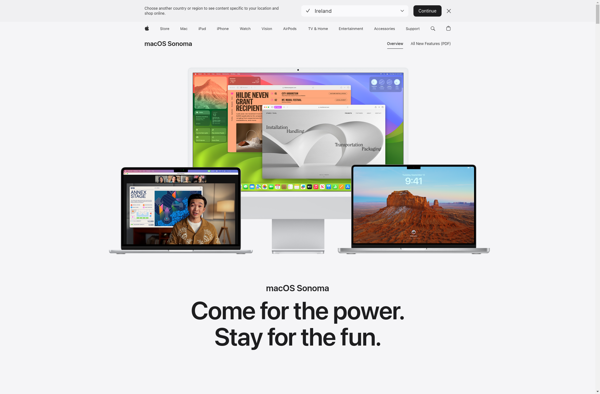
Zorin OS
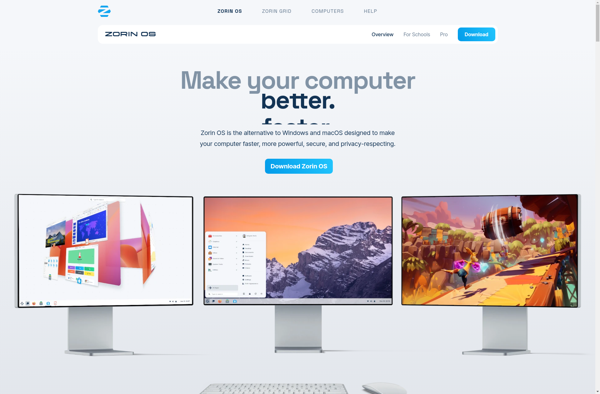
Android-x86
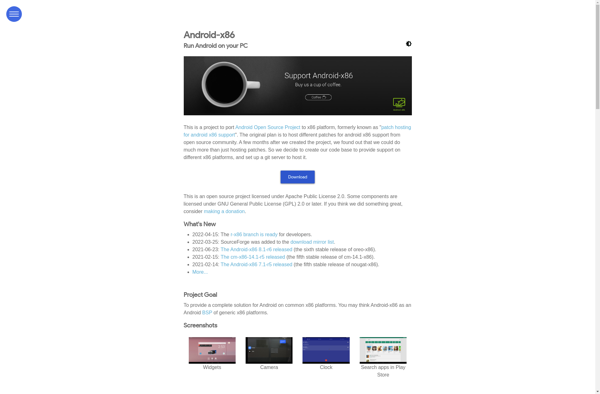
Qubes OS
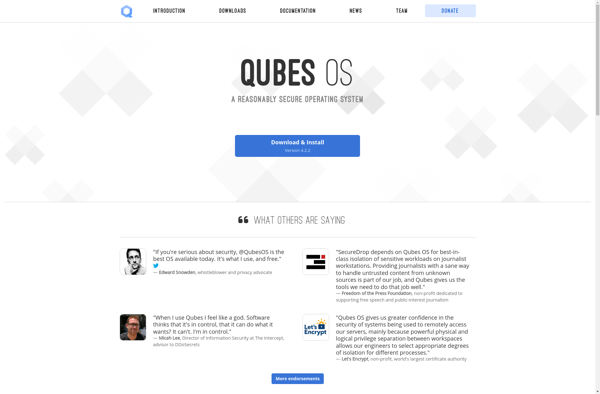
Windows XP
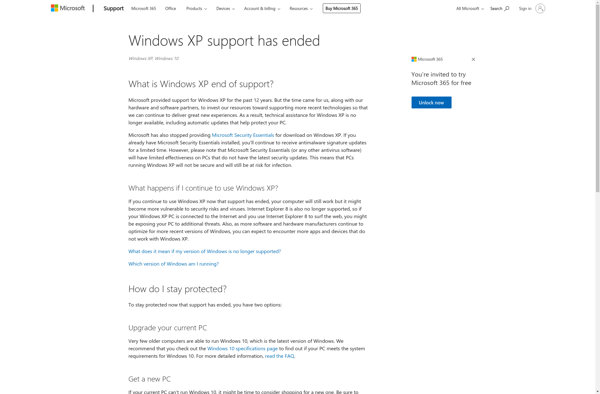
ReactOS
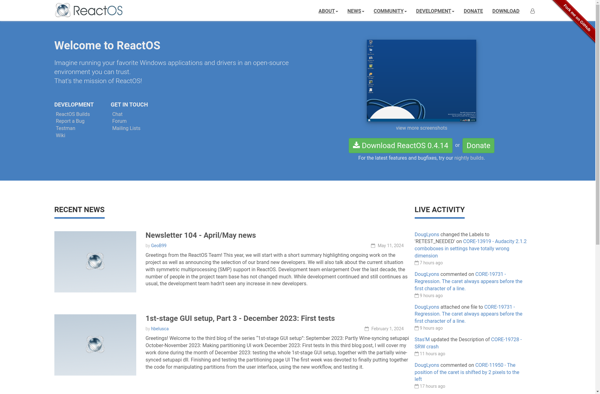
Arch Linux

Revision (ReviOS)
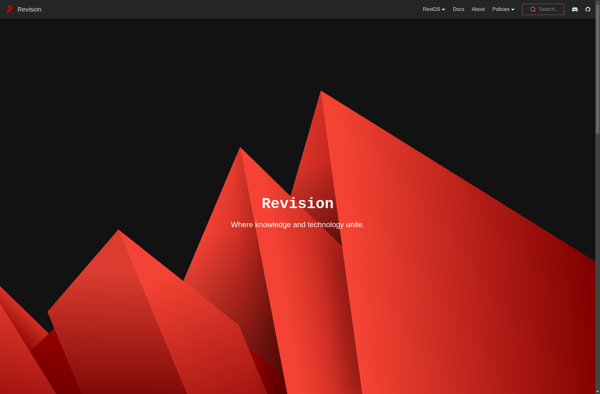
Elementary OS

Ubuntu Server
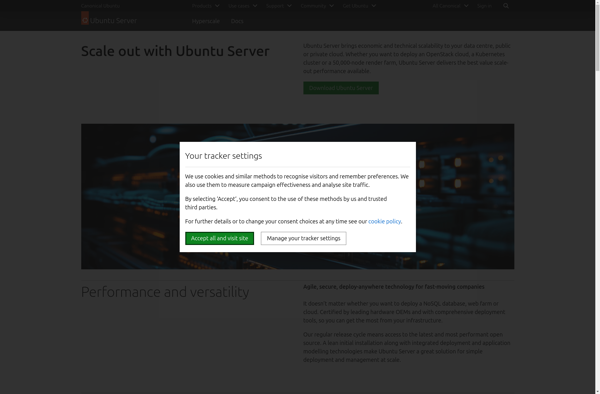
Whonix
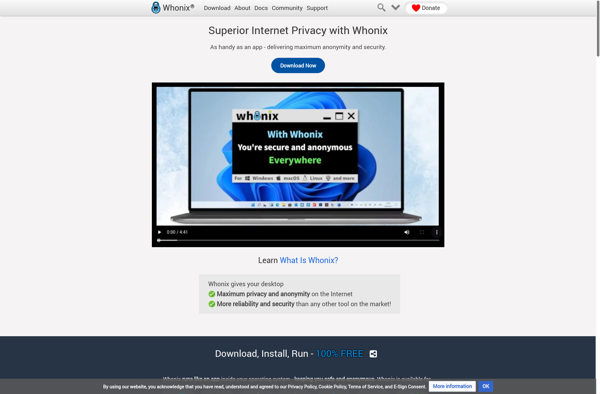
Manjaro Linux

BlendOS
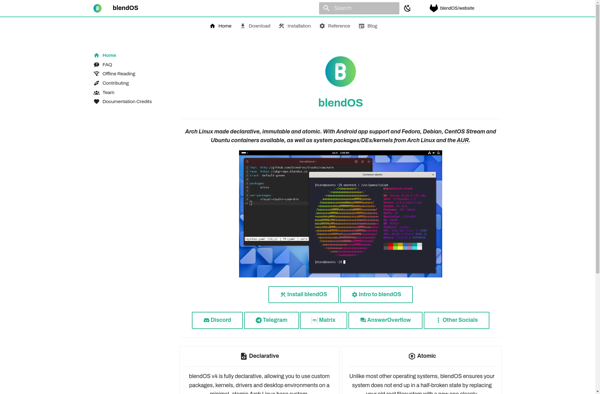
Windows Vista
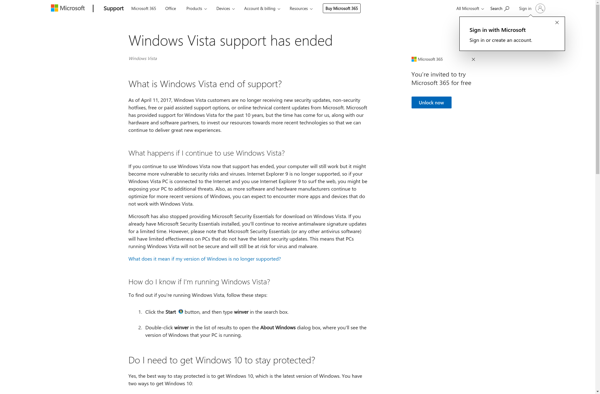
Haiku
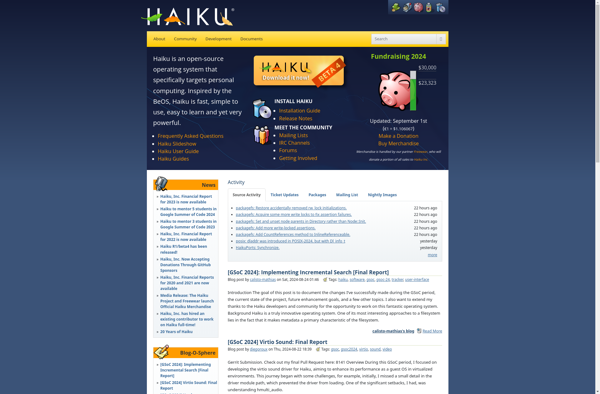
RebornOS
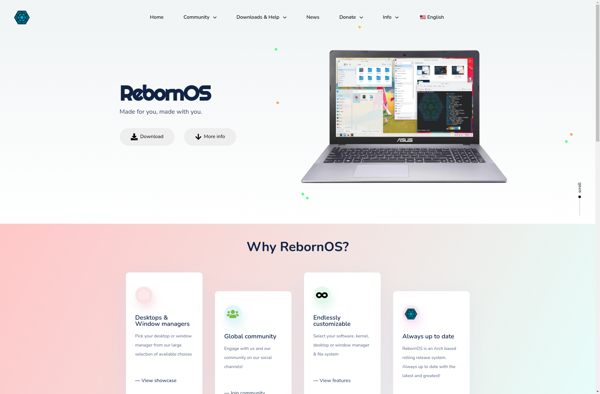
DietPi
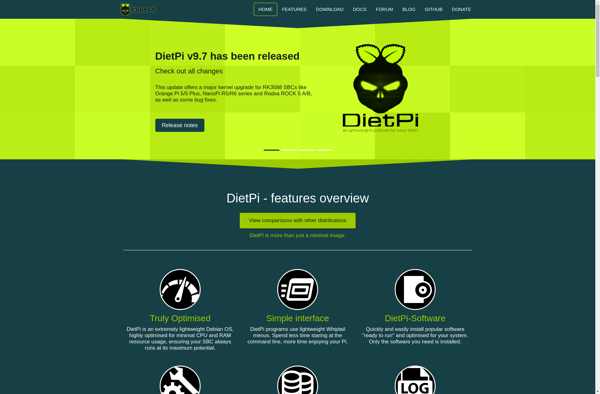
Virtual Space
SliTaz
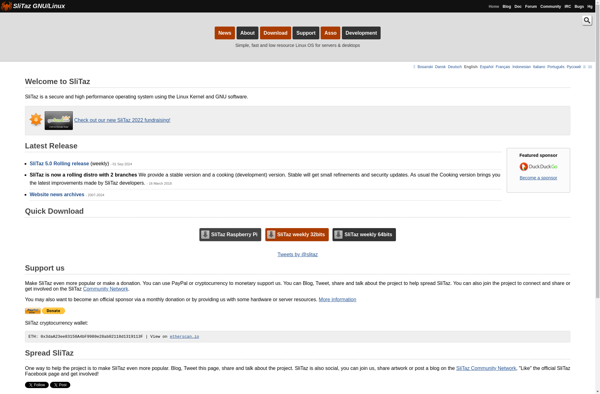
Enso OS
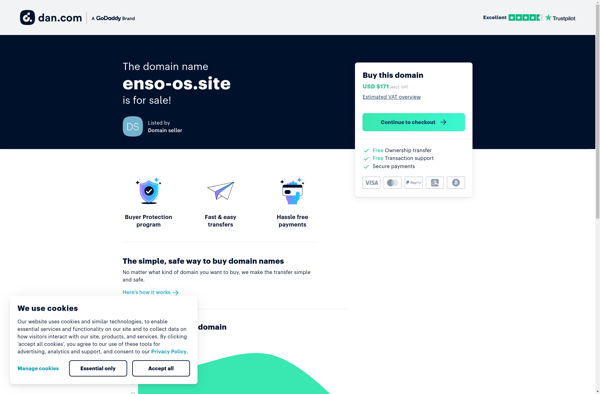
Garuda Linux
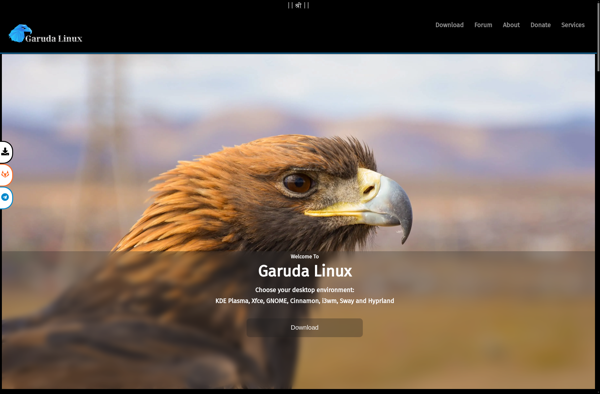
TempleOS
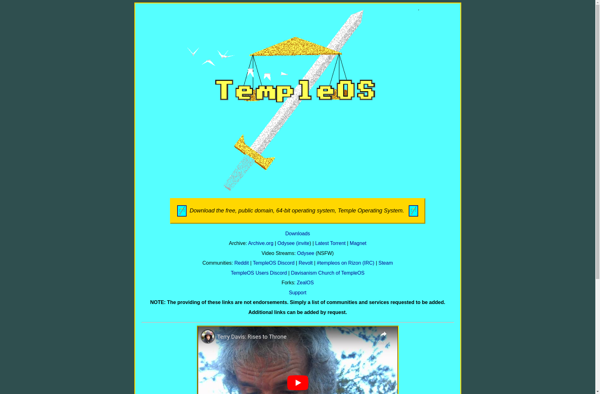
Trisquel

FreeDOS
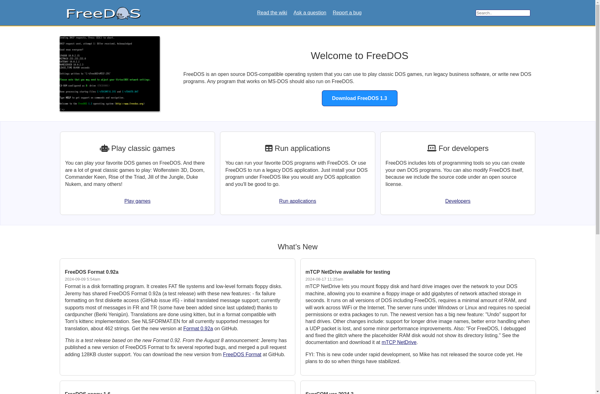
Kubuntu
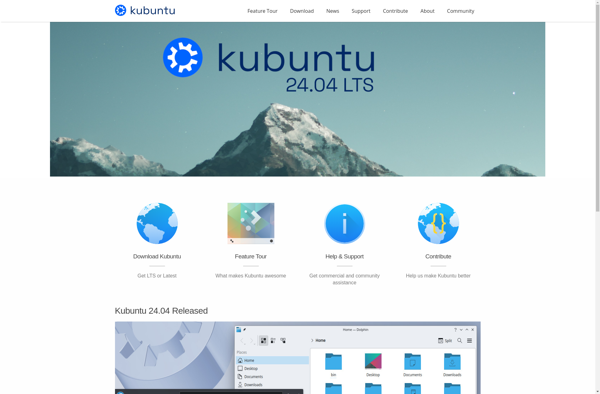
ArcaOS
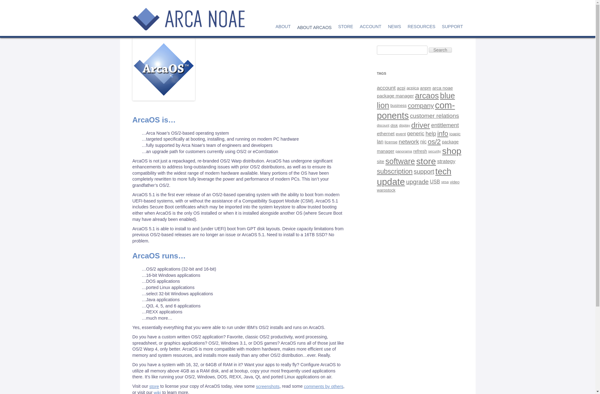
NixOS
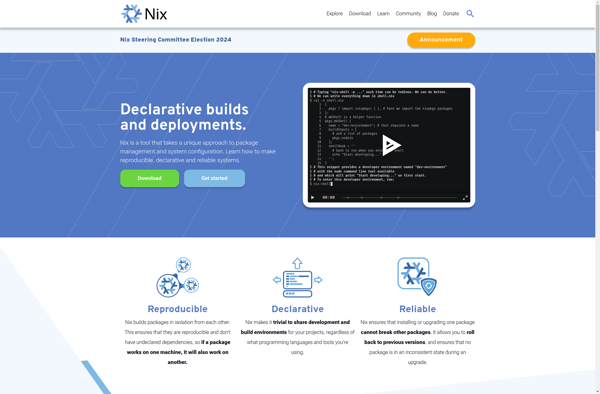
Peppermint OS
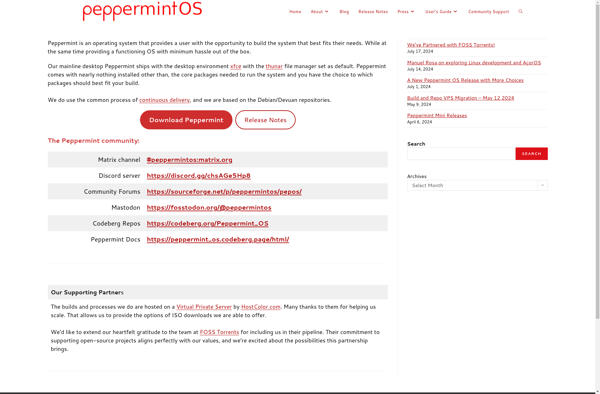
Vanilla OS
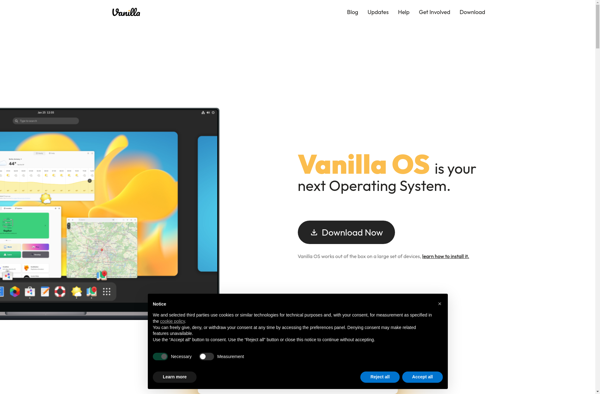
Clear Linux

Wubuntu
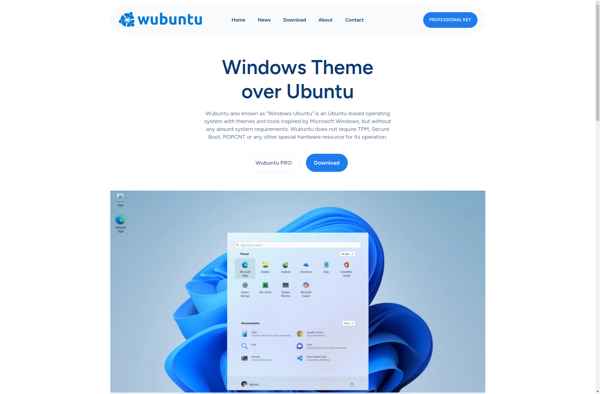
Xubuntu
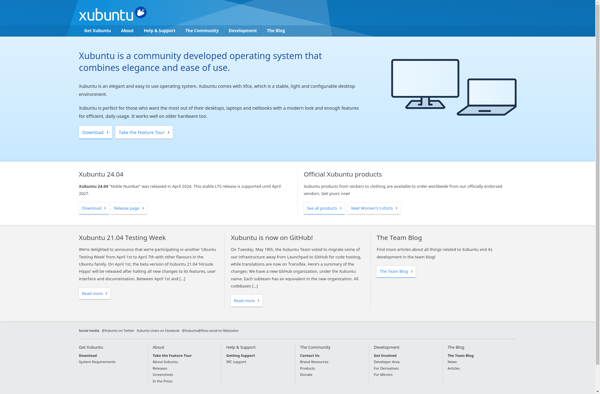
Endless OS

Chromium OS
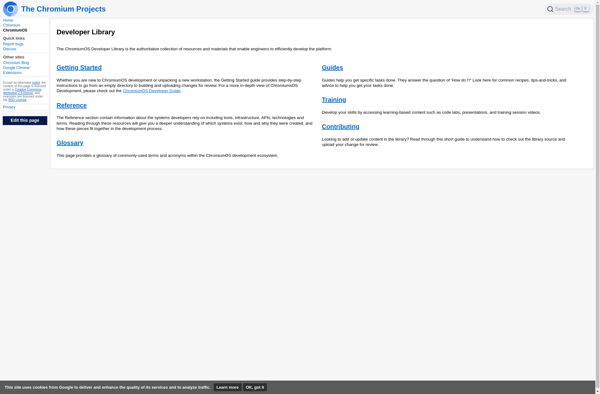
UwUntu
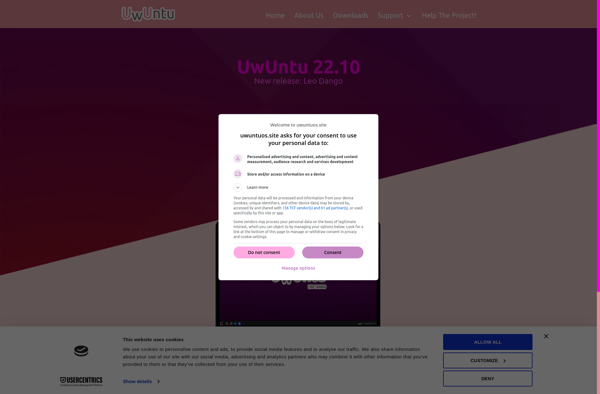
IBM OS/2
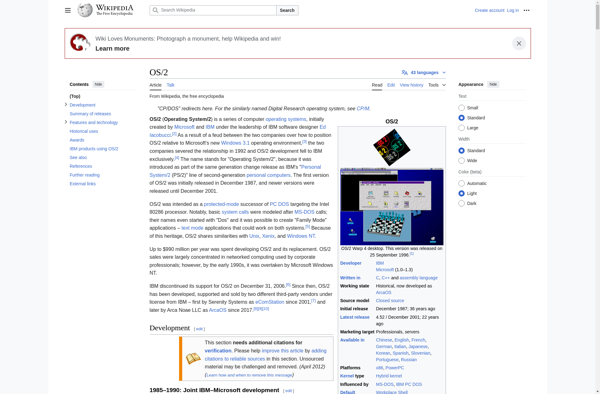
MINIX 3

BeeFree OS

GNU Guix
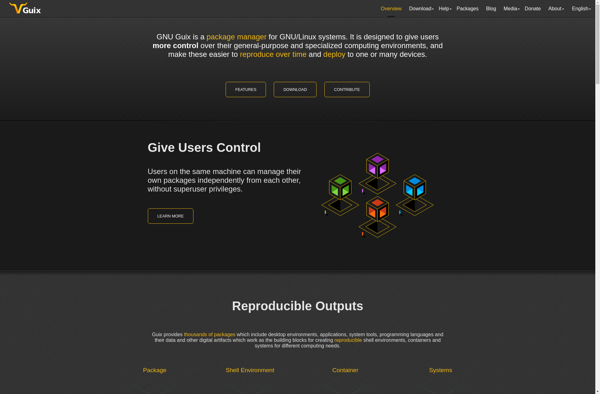
AOS Universe Desktop
Linux Lite
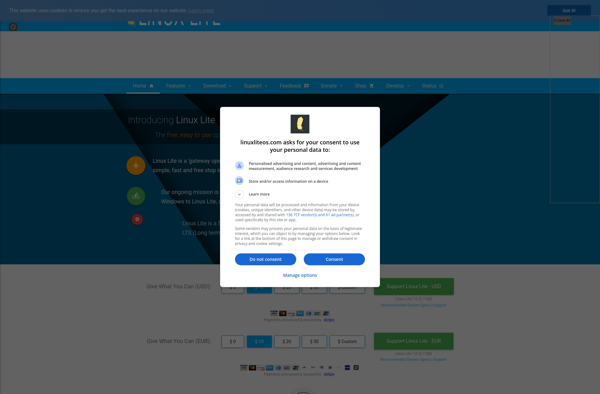
CutefishOS

BITS-PyOS
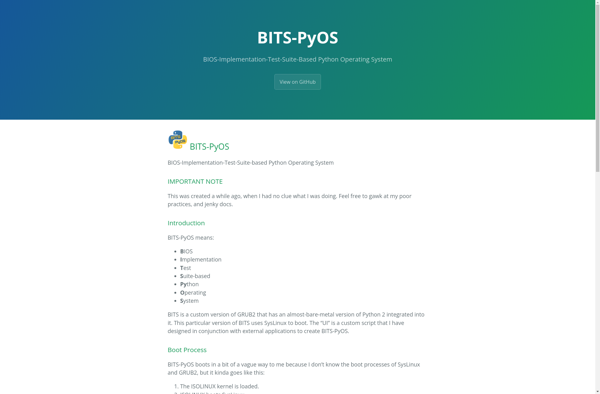
CRUX Linux
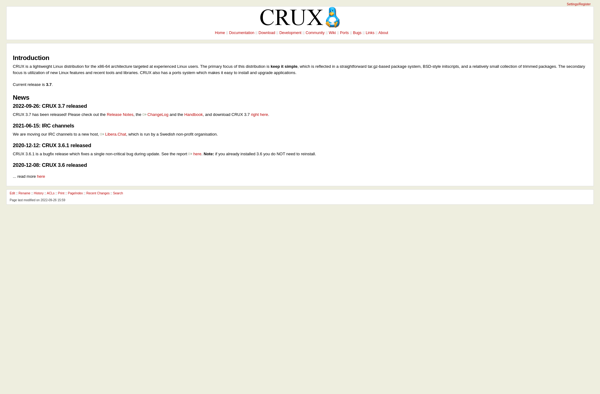
Void Linux
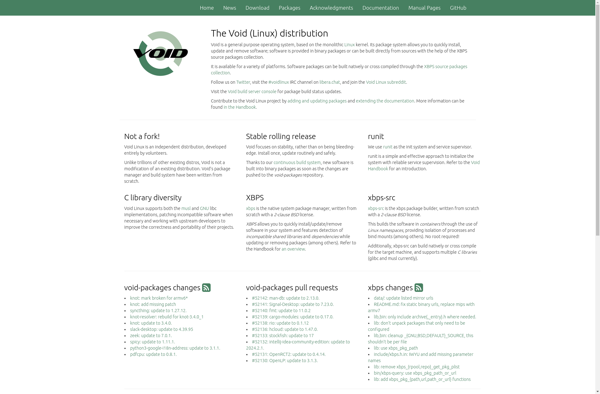
Hannah Montana Linux
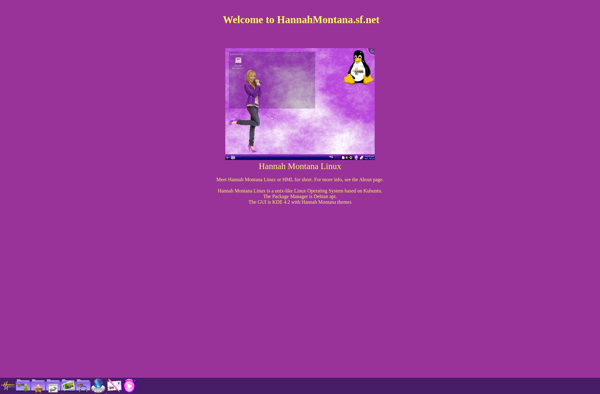
EComStation

KidOS
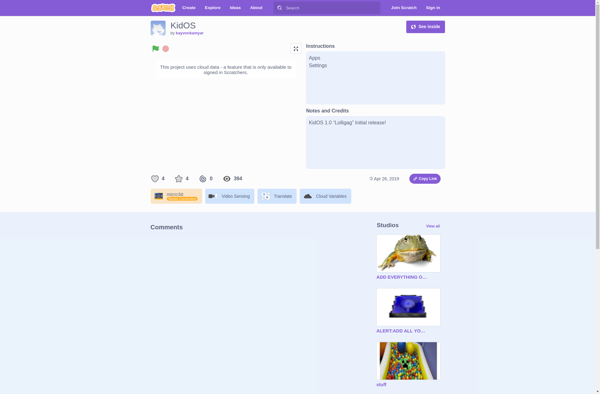
Bedrock Linux
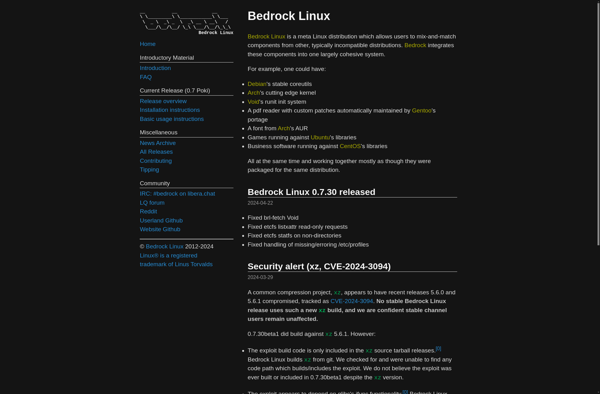
Windows 1.0
Spongebuntu
